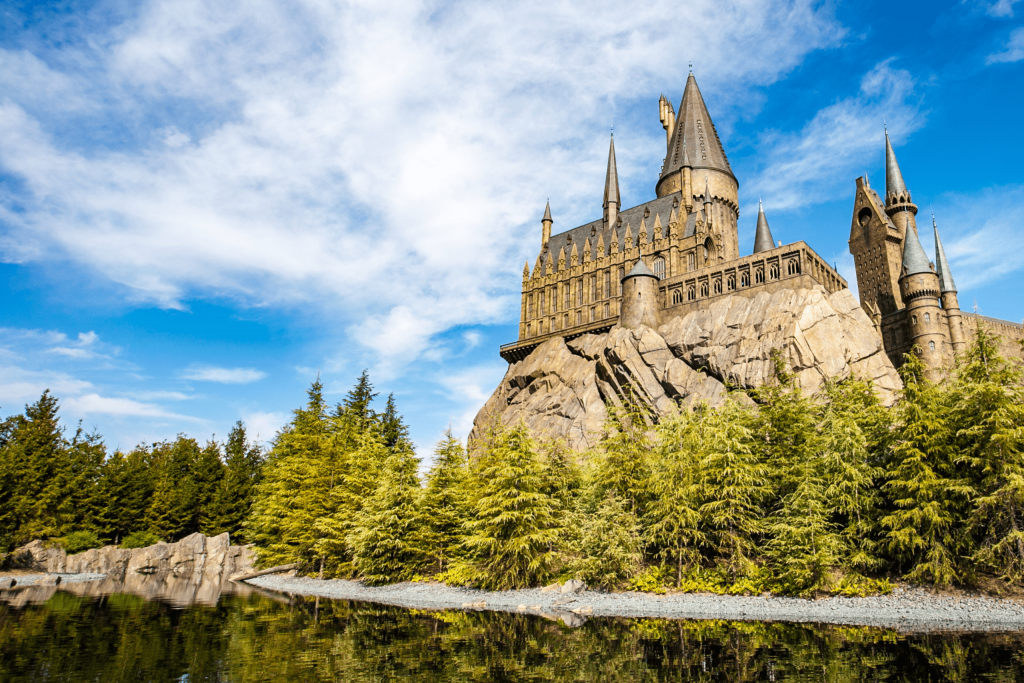
Medieval Architecture in the Harry Potter Films
As the nights draw in, the air gets chillier, and with Halloween fast approaching, our team at Munday + Cramer have been discussing the influence of medieval architecture in the Harry Potter films. Both the books and movies evoke a nostalgic feeling for fans of the franchise, with the sets showcasing the true art of medieval design.
Architecture styles featured in Harry Potter
The books lay the groundwork for the production design through their descriptive and immersive storytelling. In the films, the sets begin by depicting the average 20th Century British home – seemingly influenced by postmodern architecture with a nod to slightly bland 1970s décor. As Harry learns he is a wizard and begins to discover his new fantastical world, new settings emerge. These clearly draw inspiration from a more archaic time-period that we associate magic and fantasy stories with.
Is Hogwarts castle based on medieval architecture?
Hogwarts Castle is one of the most iconic and impressive sets, where much of the action takes place throughout the series. According to production designer, Stuart Craig, the film team chose to design the castle set so that it was “heavy, enduring, and real.”
The production team studied examples of medieval gothic architecture. These included prestigious scholarly institutions such as Oxford and Cambridge University, alongside famous cathedrals across the UK and Europe. As such, filming locations included Durham Cathedral, Alnwick Castle, and Gloucester Cathedral.
As the medieval era spans several centuries, Hogwarts Castle incorporates elements of various styles across this period. These include Norman (also known as Romanesque) as well as medieval gothic. This gives the castle the appearance of having had architectural additions throughout the ages. Key features of Hogwarts Castle include:
- Norman semi-circular arch
- Gothic pointed arches
- Timber framing
- Tower, spires, and turrets
- Cloisters
Was medieval architecture the design inspiration for Diagon Alley?
Diagon Alley is one of the most captivating settings in the Harry Potter franchise, known by film fans for its wacky, colourful buildings and cobbled streets. It’s commonly thought to be inspired by the Shambles in York and no wonder! This narrow, winding street features some of Europe’s best preserved medieval buildings with distinct timber-frames and jettied floors.
This historic medieval shopping street was formerly home to butchers’ shops. Today, the Shambles is a lot less bloody, and tourists are drawn to its unique cafes and boutiques. There is even a Harry Potter-themed gift shop, ‘The Shop That Must Not Be Named’.
J.K Rowling disputes claims that she was inspired by the Shambles. Nonetheless, it is still a charming example of medieval architecture should you ever visit York.
Contact Us
Are you tackling a project involving a medieval building, church, or cathedral? With over 30 years in the industry, Munday + Cramer can provide guidance on what you can and can’t do with these types of properties, especially if they’re listed.
It’s important to seek advice from a trusted medieval architecture specialist to make sure you’re preserving the integrity of the building. For more information on how we can support your project, call us on 01245 326 200. Alternatively, you can also click here.
